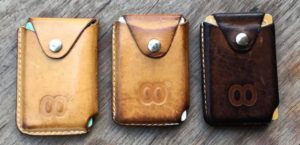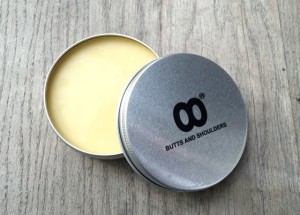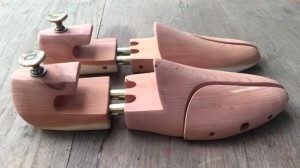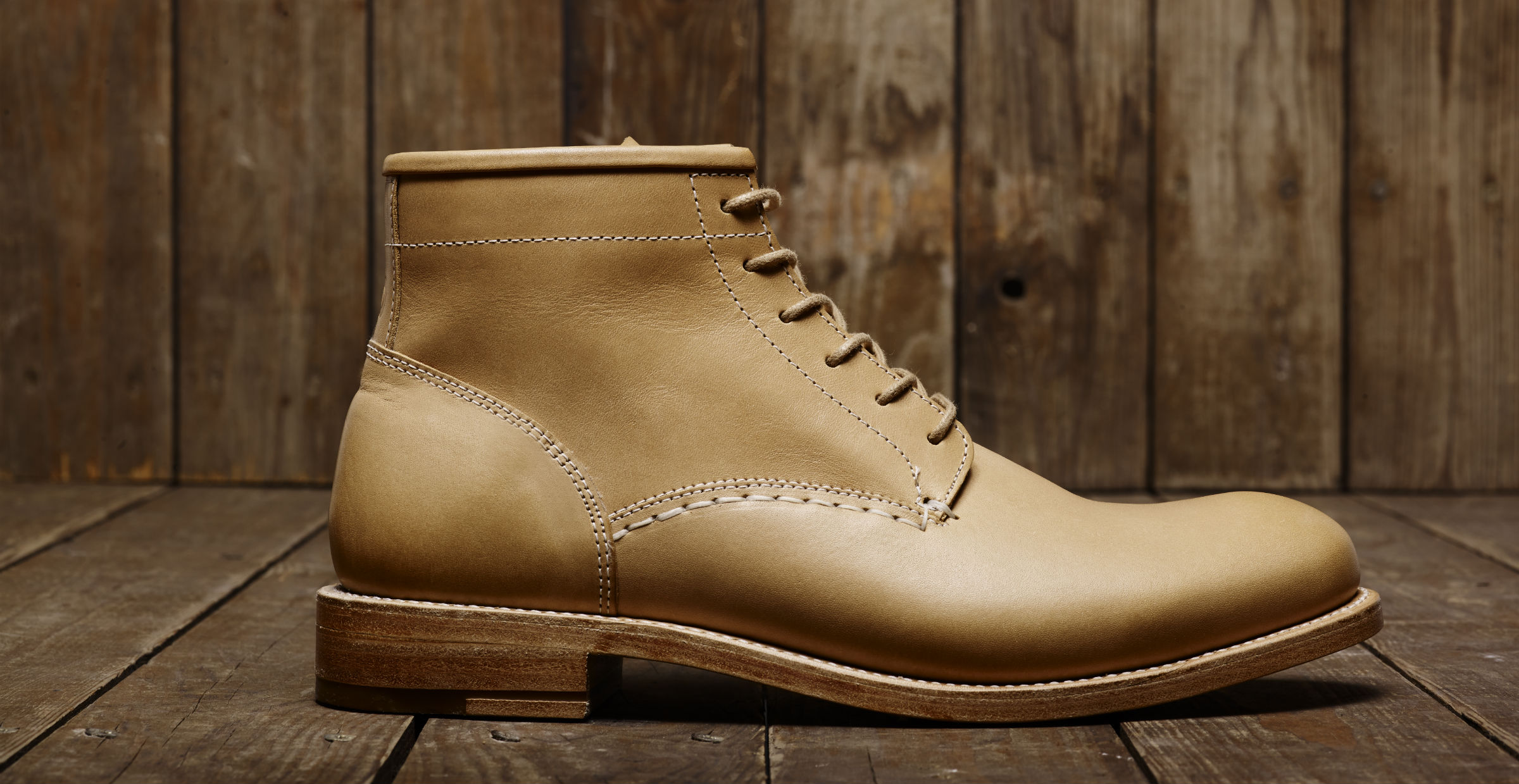Why we are such big fans of vegetable tanned leather
It may have occurred to you that we are a big fan of vegetable tanned leather. Or natural leather like we sometimes call it. There are some good reasons to use vegetable tanned leather and in this post we want to give some more understanding about our devotion for natural leather. The opposite way of tanning leather is by using chrome. It’s needless to say that this is not only harmful for the environment, but it is also an allegation to the beautiful core values of leather as a prominent material. Chrome kills the livelihood of leather and therefore it eliminates the best aspects of leather. We have summed up some important pros for vegetable tanned leather:
The process from hide to leather by tanning
Before leather becomes leather, it is ‘just’ a hide of a cow. During our travels we have seen some tanneries and always we are impressed by the beauty of the process. It is a rough process in which impressive tools are being used. To make the transition to leather, it has to be tanned. Often people think that tanning is about the coloration of a leather hide, but it is the primary process of converting skins and hides to actual leather. Sure, some coloration will occur, but the basics of tanning to make the hide ready for production as leather.
A derivative of tannum
When we dive into the description of the word ‘tanning‘ on wikipedia (we do not know everything 🙂 ) we read that it comes from the word tannãre, a derivative of tannum (oak bark). And the bark of oaks is the original source of tannin, the compound needed to tan. So oak bark was used in the earliest days of hide preservation. The most notable aspect of tanning is the smell. It is a very penetrating odour, which we have experienced a couple of times during our visits to our partners.
100% chemical-free
During the process of tanning, the tannins of bark, leaves and plants bind the collagen proteins in the hide and protect them so they are less harmful for water penetration and bacterial affections. Vegetable tanned leather often becomes a bit stiffer and therefore it is very appropriate for footwear production. This process of vegetable tanning takes weeks and sometimes even months before the leather hides are ‘finished’. Chrome tanning has a different approach which is commercialy far more interesting because of the speed of the process. And thereby, the leather will not ‘live’ anymore and so the colour stays the same over time. For the mass market, this is a well appreciated aspect of leather, but our preferences are different.
During our trip to the tannery in Lisboa, Portugal.
The perfect colour for your personal leather patina
The colour of natural leather is a neutral one. The most common colours are of course brown and black, but the natural tanned leather is a bit beige. Because of this very reason, the natural, uncoloured leather hide after tanning, is especially interesting for creating your own personal leather patina. When you use vegetable tanned leather, coloration of the leather starts to appear by the usage. The sunlight, the humidity, the grinding on your dry denim, everything you do with your vegetable tanned leather garment, will influence the patina it creates. We receive a lot of pictures of Butts and Shoulders product owners and every garment or product is unique. We often state that we do not offer one colour with our products, but we offer infinite shades. It’s up to you how you will use it.

You have to work hard for your vegetable tanned leather
This maybe sounds a bit harsh, but we believe that our leather needs to be treated well. Very well. Normal leather products, tanned with chrome, are forgivable. This maybe sounds nice, but we feel that our society has become a bit to comfortable. We take things for granted. And when shoes, sweaters, shirt, bags or whatever clothing or garment is damaged, we throw it away. This is an absolute shame and a misuse of resources. Especially when the materials and resources are hard to recycle. Vegetable tanned leather is an honest material and you have to treat it right. This mainly concerns of three things:
- Treat with wax – we have created our own natural bee-wax based leather care kit
- Air – you have to give your boots and garments room to breath
- Get rid of unpleasant odours – for your boots, use wooden stretchers





[…] an earlier blog we highlighted the differences between the two tanning methods. During the natural process of tanning, the tannins of bark, leaves and plants bind the collagen […]
[…] the soil. In most cases, leather is made in countries where chemicals are used for tanning. These chemicals will enter the water facilities and supplies that people and animals use. This can not be the way. […]
[…] and Shoulders only works with partners that are committed to the method of vegetable tanning. No chemicals are used during this special natural tanning process. For our Weekender we work with a new partner […]
[…] and Shoulders only works with partners that are committed to the method of vegetable tanning. No chemicals are used during this special natural tanning process. For our Weekender we work with a new partner […]
[…] For all the benefits of vegetable tanned leather versus chrome tanned leather, read our special blog here. […]
[…] tanned boots. Vegetable tanned leather is the oldest method in making leather. The opponent of vegetable tanned leather is chrome tanned leather. This leather is made for industrial purposes where vegetable tanned […]
[…] (Do you want to know the difference between Vegetable tanned leather vs. chrome tanned leather? Read more. […]
[…] vegetable tanned leather. This kind of leather is tanned on a so called slow method. There’re no chemicals included in order to get the best results. The best leather available in the […]